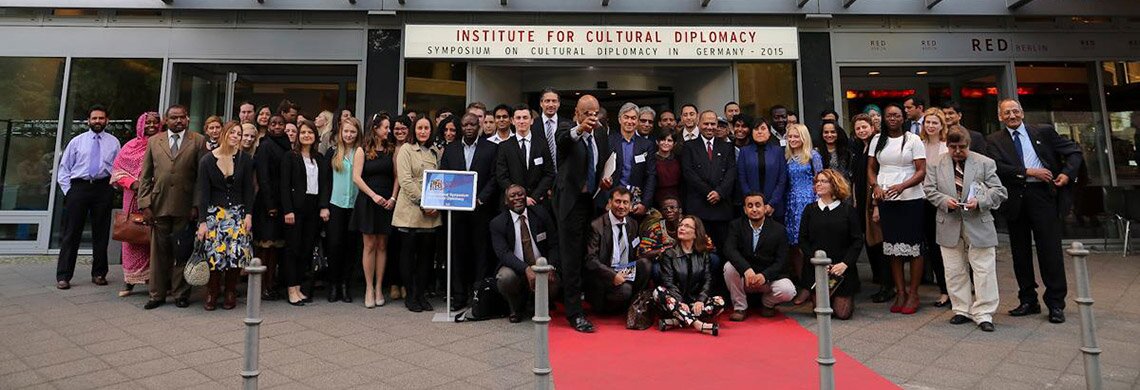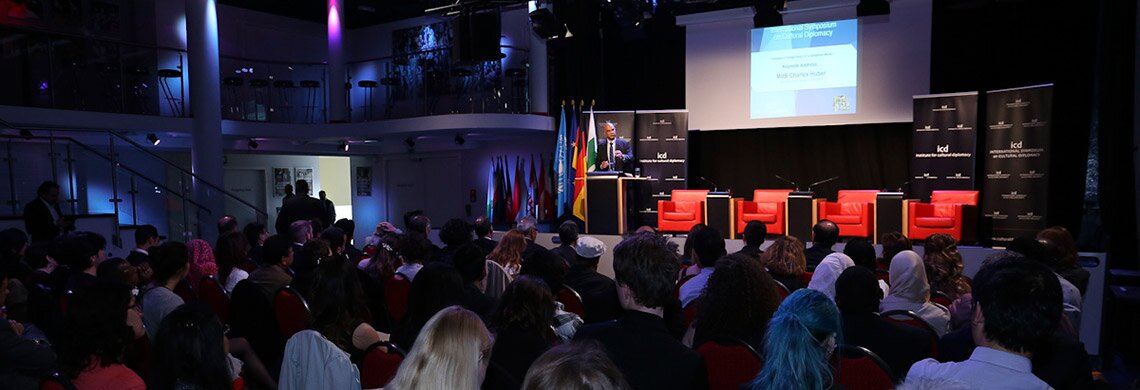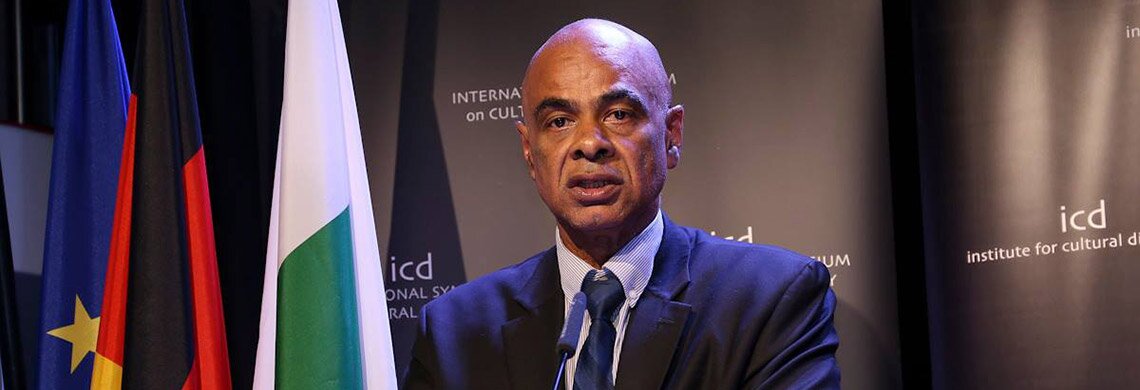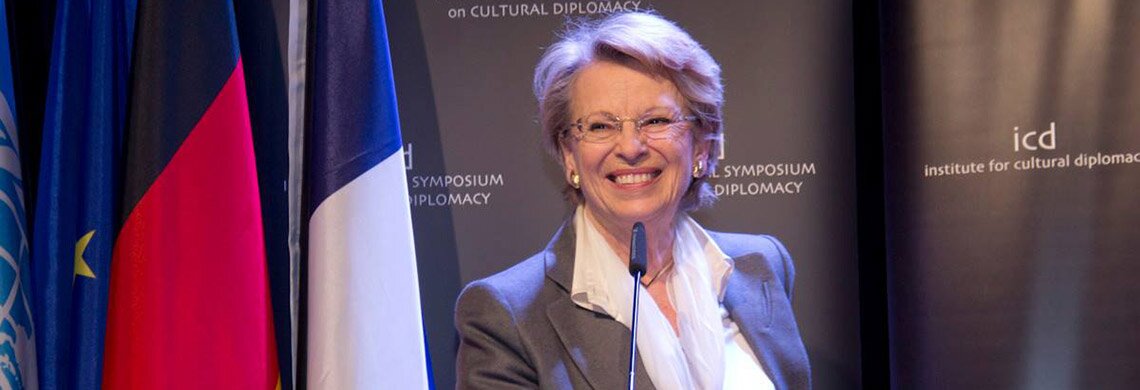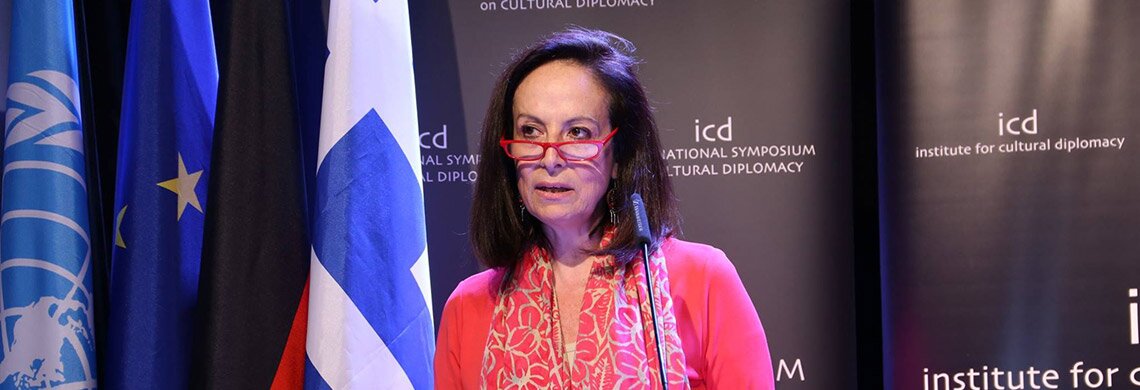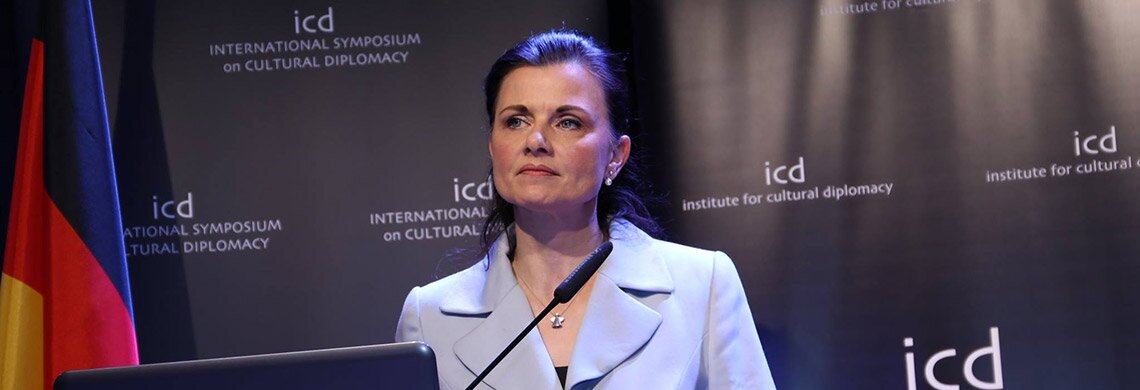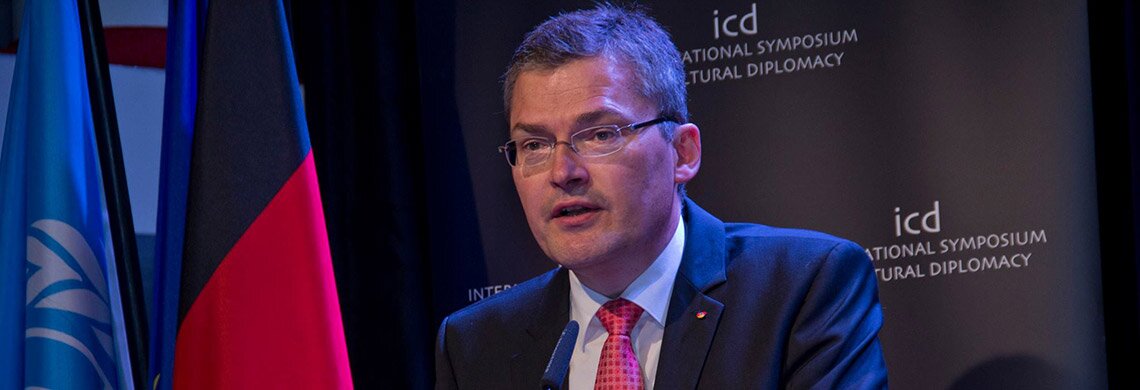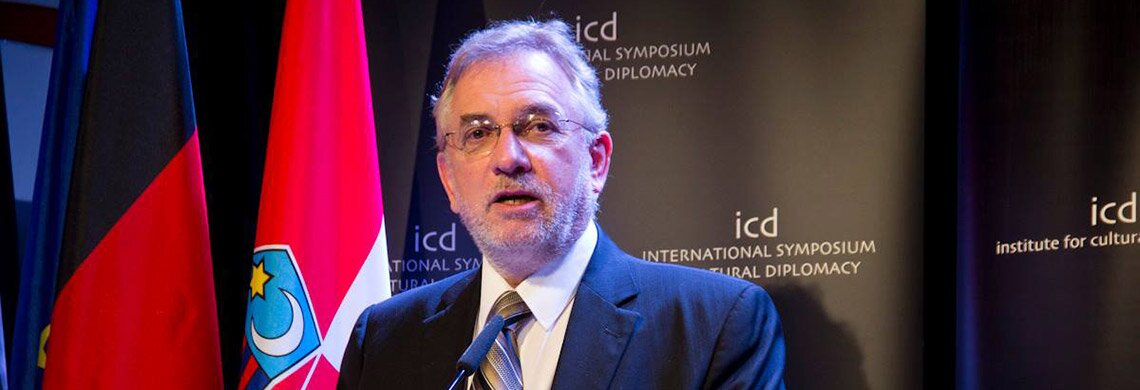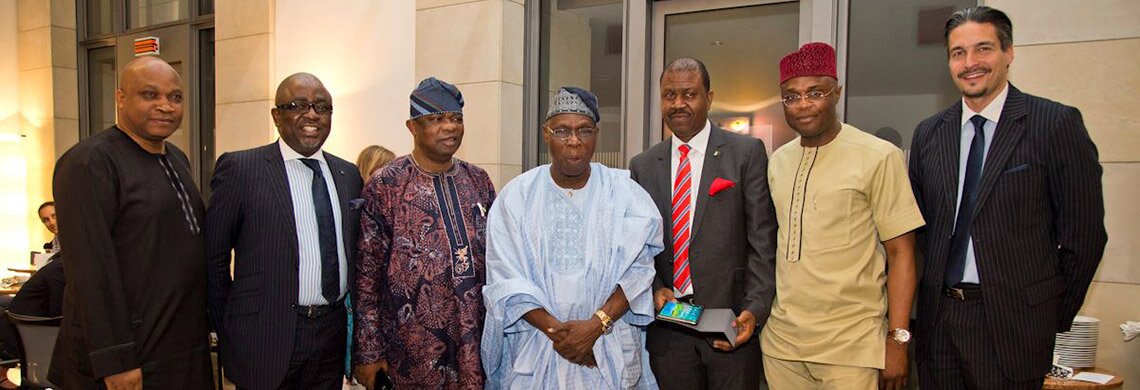Cultural Diplomacy Outlook Report 2011

Chapter 9
The Role of CD in Human Rights
Immigration has been taking place for many centuries all over the world, and in today’s globalised society the trend is ever-growing. According to the International Organisation for Migration there are around 200,000,000 people living outside of their country of birth worldwide. Immigration can be beneficial both to host States and to people who chose to emigrate, it creates multi-cultural societies and it promotes an international flow of people, skills and knowledge. There are many reasons why people choose to emigrate such as economics, politics or simple wanderlust. It is also a frequent belief of immigrants, that a better standard of life awaits them elsewhere than in their home country.
In order for immigration processes to reach their full potential of creating opportunities for migrants, and of increasing development within the host countries, it is essential that immigrants are integrated and accepted as quickly as possible. The growing trend of immigration brings with it a greater responsibility for the host country to ensure immigrants are welcomed into the community. There are many ways to ensure immigrants feel welcome. Among these is the use of cultural diplomacy to facilitate meetings that can help familiarise people with different cultures, and reach a level of mutual understanding.
A starting definition of cultural diplomacy is offered by the American political scientist and author, Milton C. Cummings as: “the exchange of ideas, information, values, systems, traditions, beliefs, and other aspects of culture, with the intention of fostering mutual understanding.”cultural diplomacy is a form of soft power, which means that instead of coercing people and imposing culture upon them, a process of unassuming persuasion and attraction to different ideas is employed in furthering a certain agenda. Through projects and initiatives in cultural diplomacy, people can be made aware of many different cultures from around the world and thus become accustomed to alternative ways of life, resulting in improved international relations. Cultural diplomacy can be carried out through the media of art, sport, literature, music and many other forms of human interaction. The aim is to increase public awareness of different cultures in order to improve levels of understanding, respect, communication, coordination and diminish stereotyping.
Immigration in itself can be an effective method of cultural diplomacy, as in its most successful form it creates links between nations, increases interaction between cultures and facilitates inter-cultural dialogue. However, accepting immigrants by itself is not the cause for success; there must also be processes in place to facilitate integration into this foreign community for new-comers. Without such processes, the undesirable and sometimes dangerous situation in which there is an entirely separate community living within an unwelcoming country can develop. This situation can lead to a divide between these two communities, a lack of communication and unity, and even violence. The consequences of such a divide can be seen in the 2005 French riots, which were organised primarily by Muslim North African Youths due to the lack of opportunities and jobs for this sector of French society.
There are two different methods of welcoming immigrants into a country; ‘assimilation’ and ‘integration.’ In the past, some countries chose to ‘assimilate’ immigrants into their own culture, which involved the process of imposing their own culture on new-comers. This can lead to the unfortunate situation where immigrants lose their connection to their birth culture, yet do not connect fully with their host country’s culture. As a result, some countries have adopted an ‘integration-based’ approach, thus encouraging cultures to co-exist, allowing immigrants to maintain their traditional cultural values, and facilitating positive inter-cultural relationships. Under this approach there is an understanding that despite their differences, the community will live together peacefully.
Assimilation may result from this process, but it is not an end-goal. There is however debate as to which method is the most beneficial and this research project will not attempt to decide which the better method is. It will, however, focus on how immigrants can best be integrated into the host country.
The paper will start by presenting a historical overview of the process of immigration and integration, including problems which have been faced and the various methods experimented with to facilitate immigration. It will then move on to look at some contemporary culturally diplomatic initiatives and projects in different countries, which aid integration. The projects of focus are those which educate people about cultures, facilitate meetings and communication, those which prevent policies that discriminate against immigrants, and those that generally use cultural diplomacy to improve integration of immigrants. The initiatives looked at are those in the USA, France, Germany and the UK due to these countries’ leading financial status in the world and their resulting popularity as destinations of migration.
Table of Contents
- Introduction
- Historical Overview
- Contemporary Examples of Culturally Diplomatic Contributions to the Process of Immigration and Integration
- Germany
- France
- United Kingdom
- United States of America
- Analysis and Conclusion
- List of References

